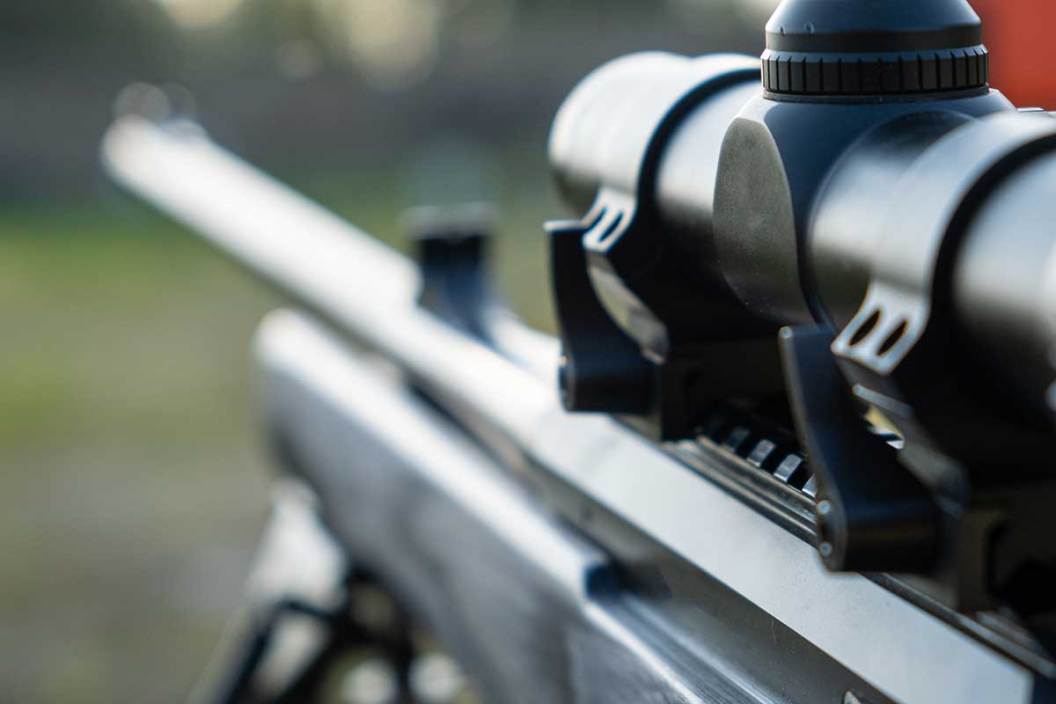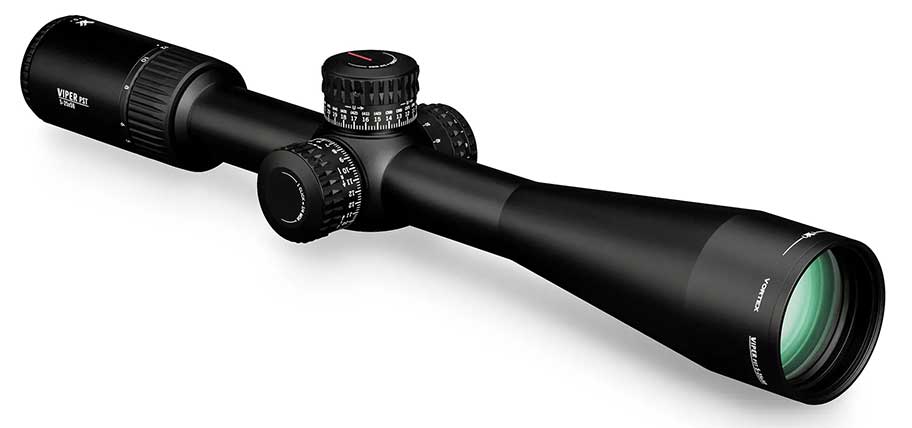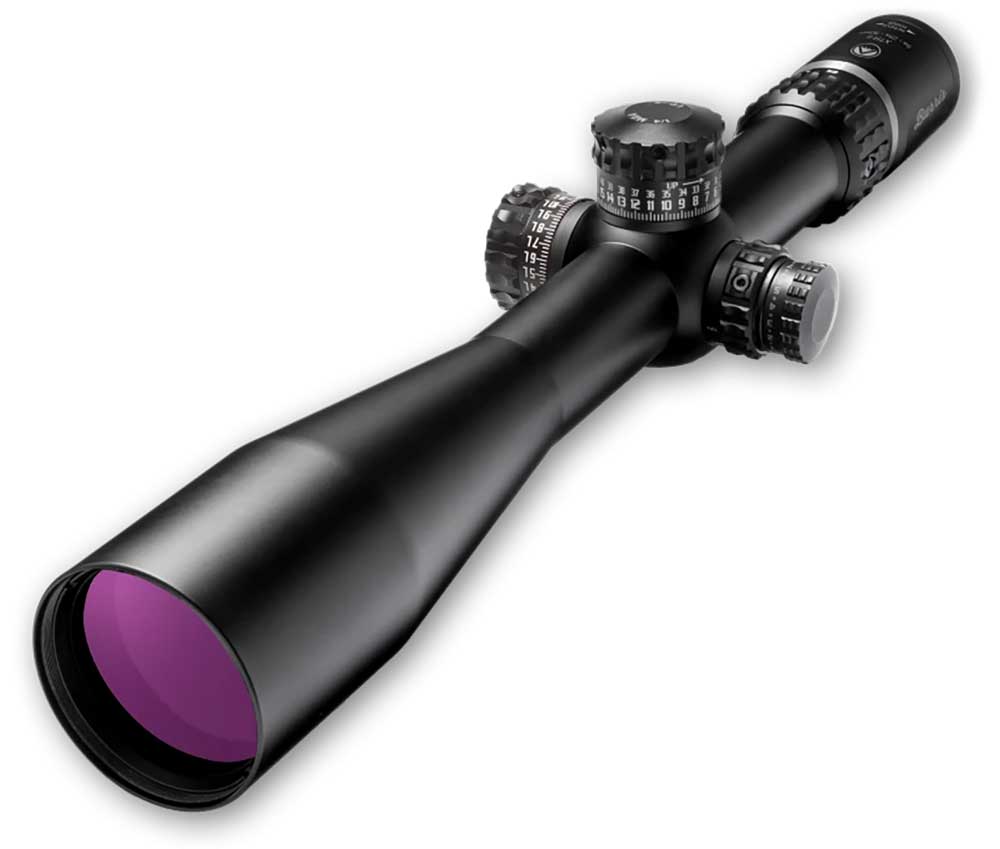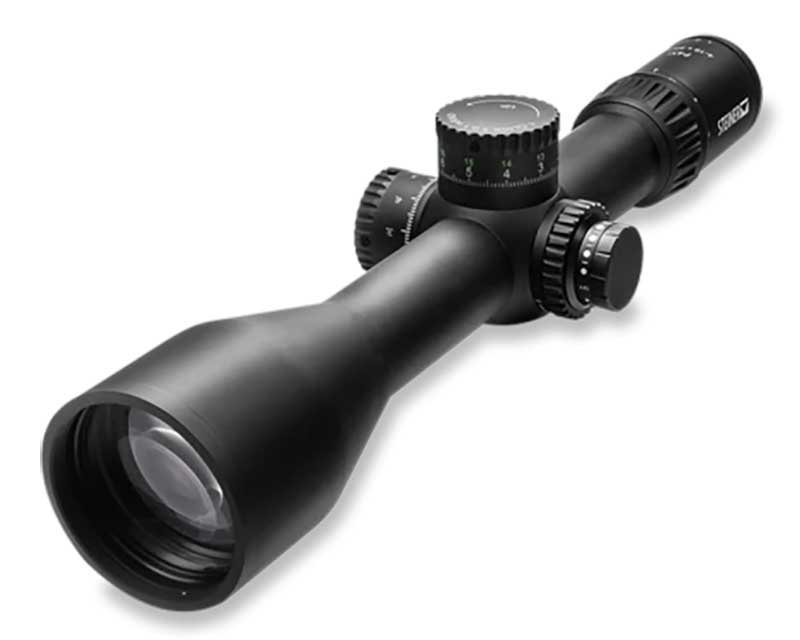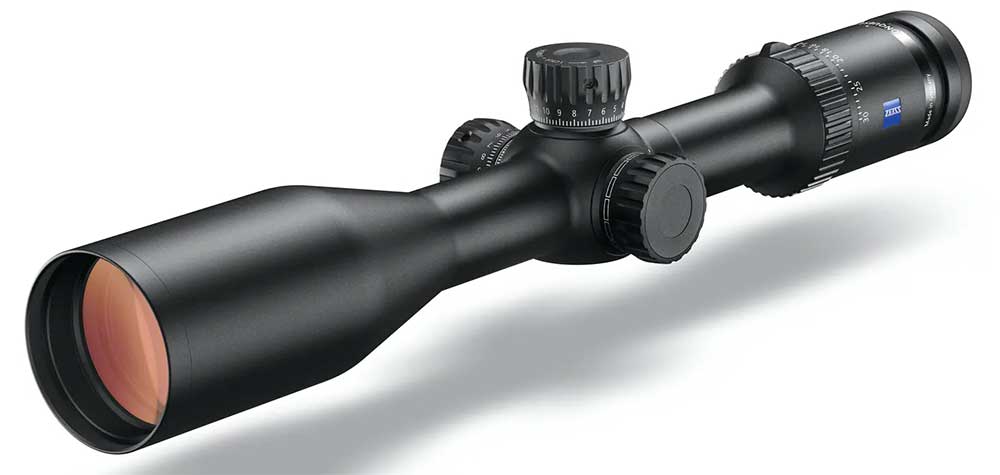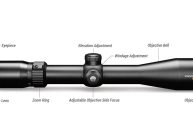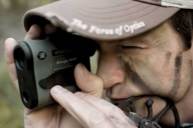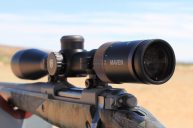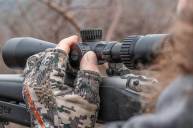To go long, you simply need an optic that's up to the task. Here's what to look for in a long range rifle scope and a few good suggestions.
For effective long range shooting, you need a long range rifle scope, plain and simple.
What exactly is a long range rifle scope? That varies a little depending on who you ask. Generally, you want a long range optic to be as high quality as you can afford. At longer ranges, tiny little imperfections (or a turret that is just a little off) could have big impacts down range. Some prefer an illuminated reticle so its extremely easier to see in low light conditions, and more high end scopes with high magnification are including them.
Typically, high magnification scopes meant for long distance shooting are expensive. For that money, you're getting durability, and for a precision optical instrument that spends its time mounted on a tube that contains small explosions, that's important.
The high end lens coatings and scope construction also mean they're generally fog proof and greatly reduce glare. They'll also be built to be relatively shockproof. And with such high prices, make sure the scope you choose has a lifetime warranty, or at least a really good warranty.
The good news is, you can get quality glass for a whole lot less than you used to. Today, the cheapest scopes are better than 75 percent of what was available 20 years ago. Optical quality has gone up across the board, meaning you can get a great scope for less. Even a beginner with a budget setup can start hitting long range shots with regularity.
Best Rifle Scopes for Long Distance Shooting
Here's a list of some of the best long range rifle scopes on the market now:
Vortex Viper PST II 5-25x50
MSRP: $1299.99
Leupold Mark 5HD 5-25x56
MSRP: $1,999.99
Burris XTR II 5-25x50
MSRP: $1,311
Steiner PX4i 4-26x56
MSRP: $1,599.99
Zeiss Conquest V6 5-30x50
MSRP: $1,999.99
NightForce ATACR 7-35x56mm
MSRP: $3,199.99
Features of High-Quality Long Range Rifle Scopes
Here are a few features beginners should look for in a dedicated long-range rifle scope.
Zero Stop
A simple feature all long-range scopes should have is a zero stop. This means that once a scope is zeroed and the turret is set to zero, it cannot be turned any lower in elevation. For example, if you zero the scope and rifle at 100 yards, and then you dial up the elevation turret to the appropriate elevation adjustment for a target at 800 yards, you can then simply turn the dial back down until the zero stop engages.
This way, you can easily return to zero without looking at the turret. It's simple, but extremely helpful in making repeated turret adjustments for targets at different ranges, and most high end target scopes will have one.
Eye Relief
You want a scope with the appropriate eye relief. This will have a lot to do with your stock, length of pull, and scope mount, but you want to be able to shoot the rifle (one that fits correctly) while being able to get the best field of view afforded by the scope.
You also don't want to have to get too close to the scope, especially with Magnum or large-caliber rifle, unless you want a scope bite scar to brag about.
Magnification Range
Most long-range shooters today prefer scopes with a magnification range of 5X-25X. When you see this printed in a scope name, there will be a number with a dash before this range, as in: 5-5x-25x. The first 5 is the objective lens diameter, which is the lens at the front of the scope. The bigger this is, the more light the scope lets in, and the better the light transmission is to the shooter's eye. A maximum magnification of 25X is good enough for long-range target shooting out to 1,000 yards and beyond.
Parallax
To understand rifle scope parallax, do this: put a scoped rifle on a rest on a bench. Without touching the gun, get behind the scope and line up the crosshairs with the bullseye. Now, if you move your head or eye around a little, you'll see the crosshairs seem to drift. That's parallax. It just means your eyeball and the lenses in the scope and the reticle aren't perfectly aligned. Your eye isn't in the exact center of the eyepiece.
You'll notice a red dot sight has no parallax, which is one of their big advantages for fast target acquisition at close ranges. Wherever you move your head, the dot is in the same place.
Many scopes are set up to be parallax free at a certain distance. For hunters, it doesn't matter so much because the margin of error is really small out to 500 yards. But at long distances beyond ethical hunting ranges, that margin gets exponentially larger.
High magnification long range scopes will typically have a parallax adjustment knob on the left side of the scope body. Sometimes it's a ring on the objective lens. Simple set this to the distance you're shooting at, and you won't experience parallax.
Pick the Right Scope Rings or Mount
Be sure to check the diameter of the scope tube so you know what size scope rings or mount to pair it with. The most common main tube diameters are 1-inch and 30mm tubes.
Fast Focus Eyepiece
Many long range scopes will come with some kind of fast focus eyepiece, usually in the form of a lever attached to the eyepiece that makes the adjustment ring easier to turn without making the ring itself too loose. This is called a throw lever.
If you've ever noticed, it's hard to find a distant target at higher magnification. So, when first acquiring a target, most shooters drop the magnification level down and then zoom in. This is much easier with a fast focus eyepiece.
MOA vs Mil
There are two different units of measurements you'll find on rifle scopes. The turrets will be measured in Mils (aka Mrads or milradians) or MOA adjustments (minute of angle). These are simply two ways of measuring the same thing; very simply, how far to move the reticle to move the point of impact at a given distance.
Just make sure that if you have an MOA reticle that you have MOA turrets, and the same for Mils, and you're good to go. Don't get this confused with Mil-Dots, which is a reticle first used by the U.S. military that allows for simple range finding using the scope reticle.
Difference Between First Focal Plane and Second Focal Plane
This one is pretty simple to understand.
On a second focal plane (SFP) scope, when you zoom in or out, the reticle stays the same size. That means, when it comes to holdovers, the hashmarks will mean different distances at different magnifications and ranges. The manufacturer usually sets them at a typical zero distance like 100 yards.
A first focal plane (FFP) scope has a reticle that changes size with the image as you zoom in or out. This means the hashmarks will be accurate for holdovers at any magnification and distance. Of course, FFPs are typically pricier.
Ideally, you've got a better idea of what's involved in a long range rifle scope, and you're set to make a decision on which one you' use. Remember these pointers and you're going to be headed down the right path.
Products featured on Wide Open Spaces are independently selected by our writers and editors. However, when you buy something through our links, we may earn a commission.
NEXT: ATN CORP. AND MOSSY OAK PARTNER UP WITH SCOPES IN 3 PREMIUM CAMO PATTERNS
